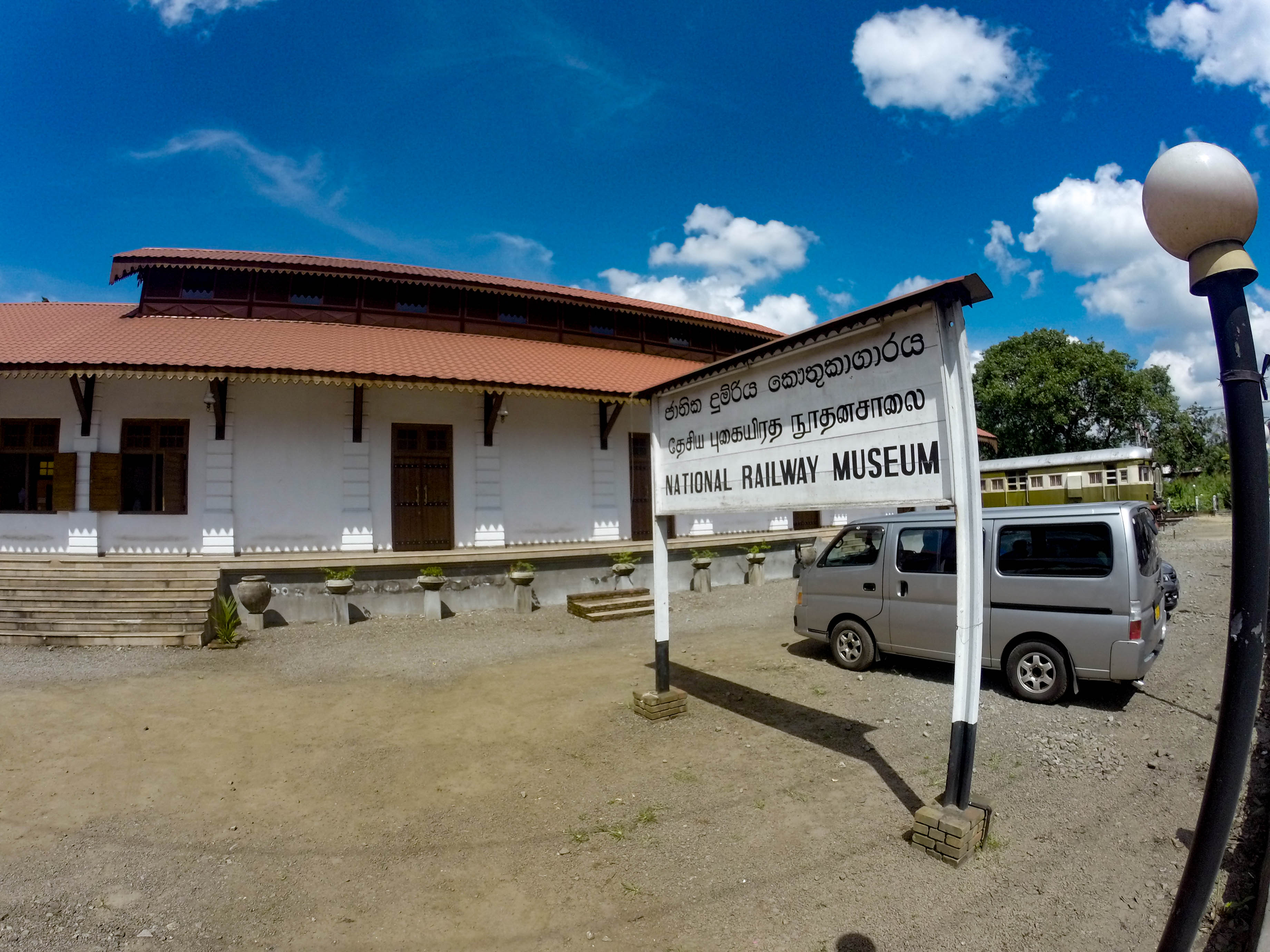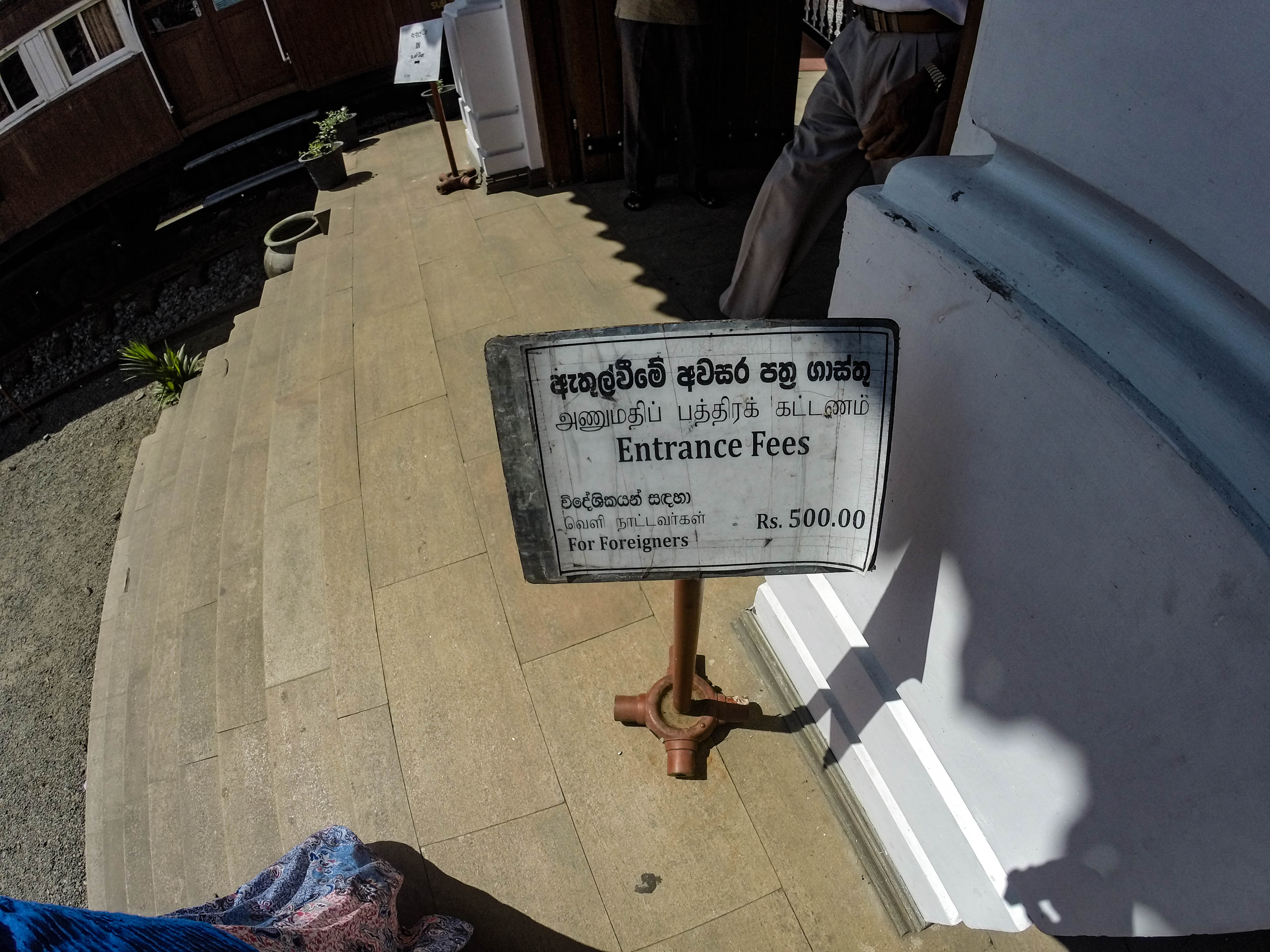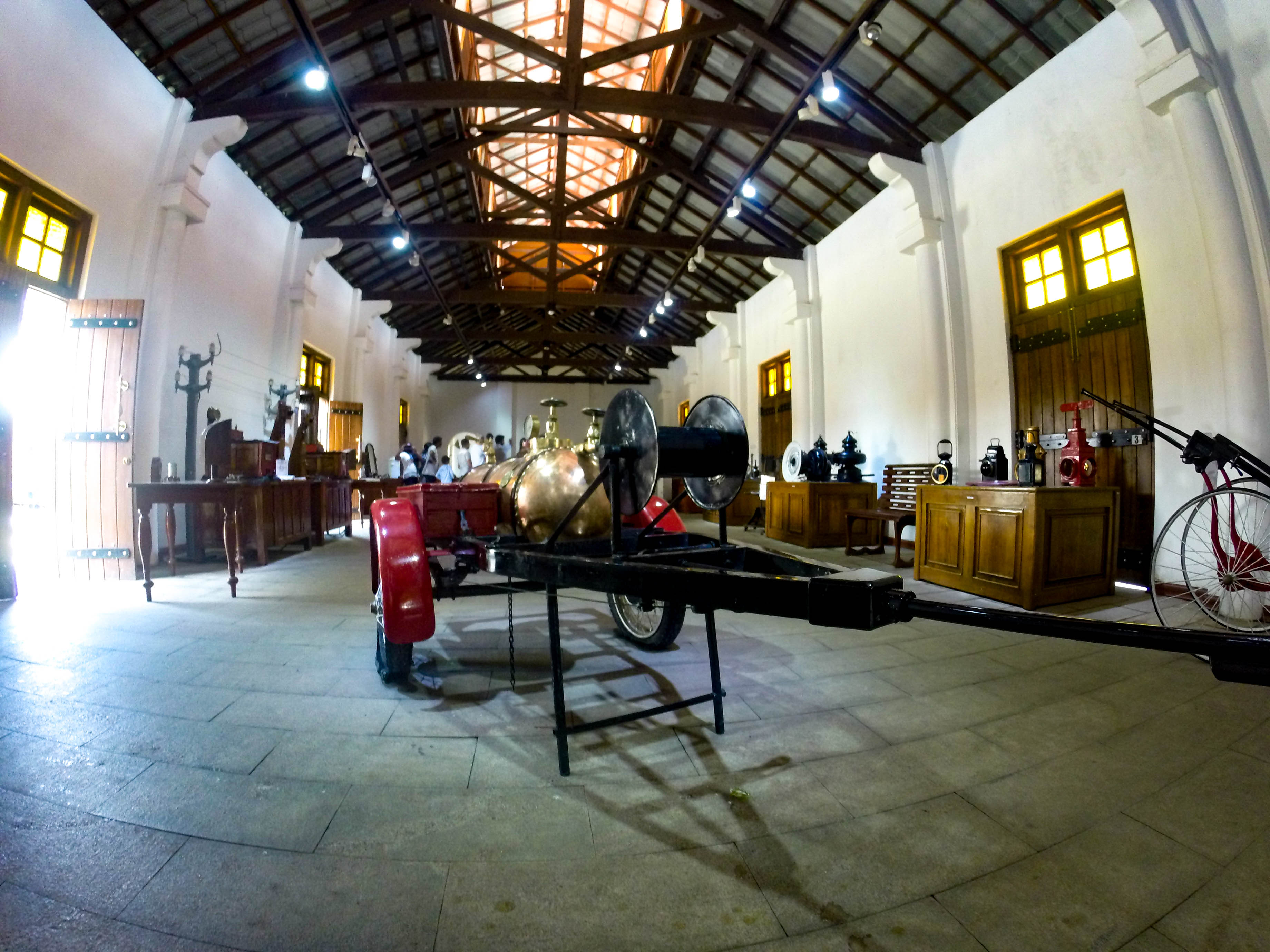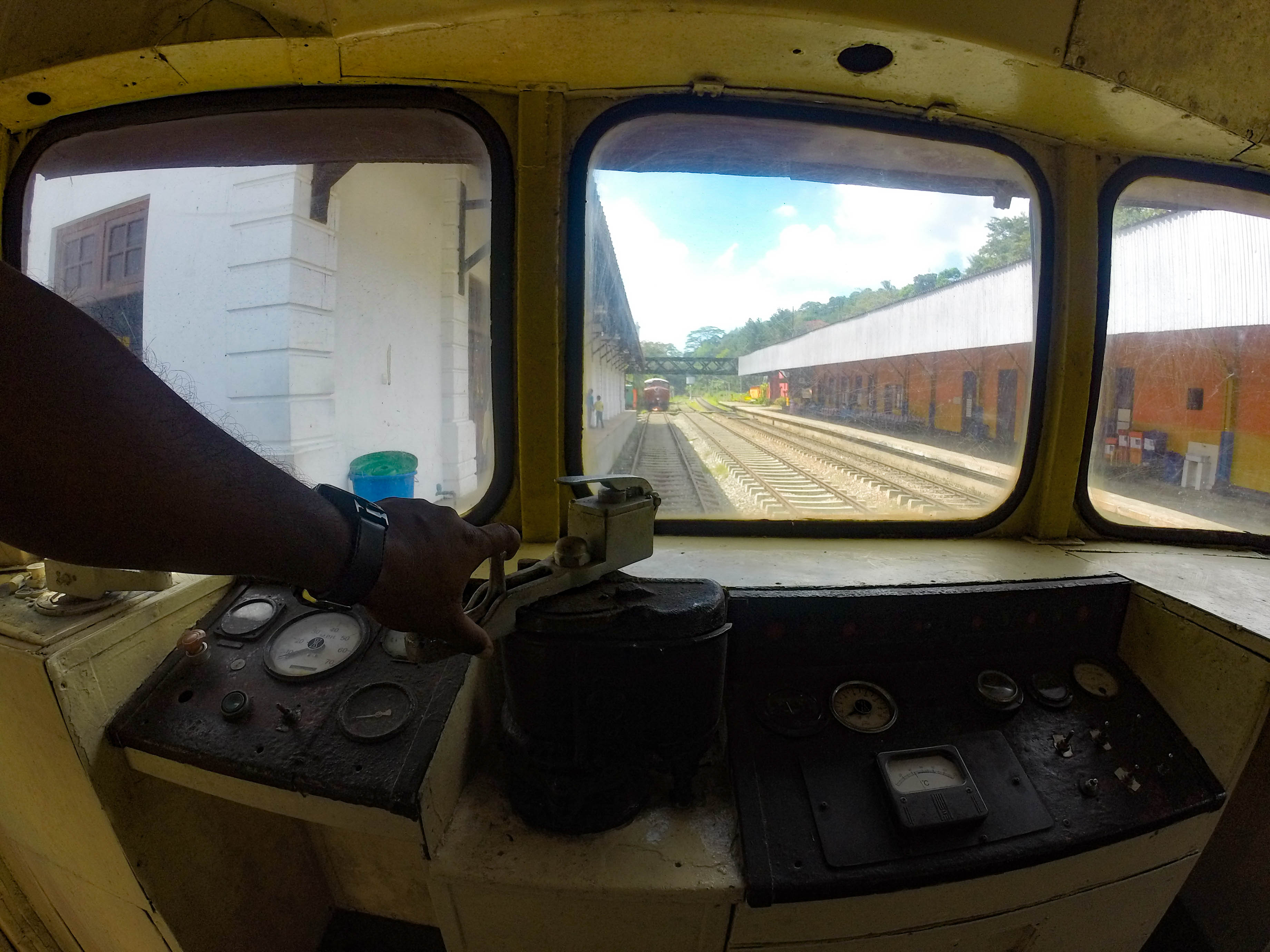Kandy Railway Museum
Passengers on trains heading from Colombo to the hill country are astonished to see smart, but ancient, classic locomotives alongside the platforms at Kadugannawa Station, 16km before Kandy. Hill country trains stop at that station but express to Kandy rumble through so passengers only get a glimpse of Kadagannawa’s link with trains of the past.
Old carriages and locomotives have been brought to the station as part of the National Railway Museum project. This opened on 27 December 2014, the day on which Sri Lanka Railways (formerly Ceylon Government Railways [CGR]) commemorated 150 years since the first steam train operated in Sri Lanka (from Colombo to Ambepussa).
Although an original station building (built-in 1867) exists at Peradeniya between Kadagannawa and Kandy, the Kadagannawa station was chosen as the site of the museum because it had a vacant granite-built railway warehouse beside the main Kandy Road. Thus access is easy for road travellers, as well as by rail.

The sight of half-a-dozen locomotives and carriages positioned perpendicular to the road, results in drivers gaping in amazement. Many stop out of curiosity, and this interest is well rewarded. It costs visitors Rs 500 (Rs 50 for Sri Lankans) to enter and receive a replica railway ticket as a souvenir.

The building is divided into several halls filled with ancient railway equipment, signs, and fascinating railway memorabilia like a station sundial an ancient fire extinguisher on wheels. There is even a huge model railway with electrically controlled trains buzzing in and out of hillside.

At the end of the hall, a newly air-conditioned wooden carriage (formerly the Chief Engineer’s) has been equipped with 48 wooden seats where visitors can watch a video presentation about the history of the railways, as well as gaze into the driver’s cab.
Another diesel locomotive, No 500, built in 1934 is also on display while a luridly painted steam shunting locomotive, No. E1 93, one of those built between 1898-1928 is at the other side of the building. Visitors are allowed to climb into the cab and imagine how it was when steam trains served the country.

Seeing these glorious locomotives glistening in the sun as though ready to run, is a peep into the past; a contrast to the sleek, modern Chinese-built air-conditioned power-sets that glide through the station on their way to Kandy.




